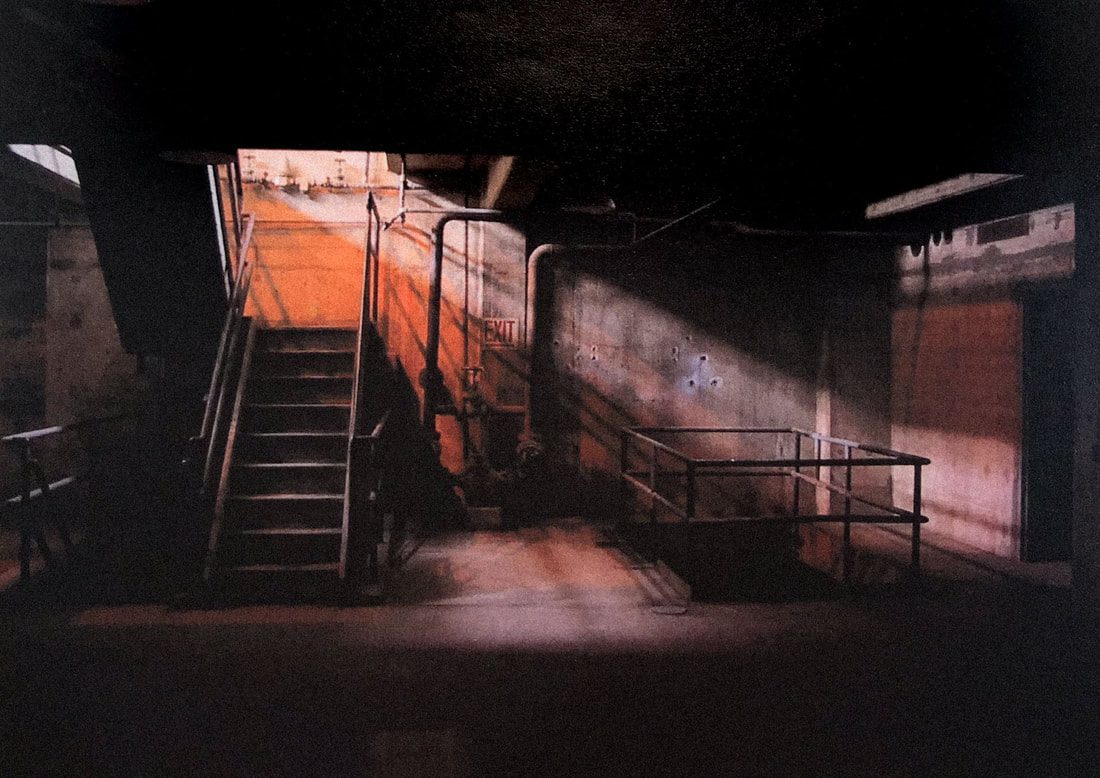|
In the 1990's Austin designated a defunct power plant to be revitalized and turned into a civic space similar in fashion, if not scale, to the Tate Modern in London. Twenty-five years later it finally came online — in the form of private offices and upscale retail. This is the story of how the city's ambitions were slowly eroded by bureaucratic inefficiency and an unrelenting bottom line. Was the City too ambitious? Was the project a success nonetheless, because an historic structure was preserved? 1. Civic Ambitions Wax and Wane: By the late 1990s prospects for the redevelopment of Seaholm were palpable. What began over a decade earlier as the vision of a few concerned citizens, notably Sinclair Black, a prominent architect, urbanist and professor at UT Austin, and Ken Altes, an outspoken grassroots advocate in Austin’s community, had entered the civic stage of debate. In 1996 the City Council officially slated the defunct power plant for adaptive re-use as an “unique and exceptional cultural facility in downtown Austin” and in 1997 the Seaholm Reuse Planning Committee (SRPC) was established as an official advisory board to the city. Community input was solicited, and hopes were high that the city would soon have a wonderful home for a new or existing cultural institution. It almost seemed inevitable. The question was not if, or even when, but merely what it would become. Kayte Vanscoy captures the energy in 1998, writing in The Chronicle: " Sunbeams stream through the clerestory windows, delineating the dust highways that hang in the cavernous quiet. This is Seaholm—a power plant that elicits poetry, a public trust to inspire a growing city. From its advantageous siting on the north bank of Town Lake, Seaholm has long been revered for the classy art deco design which has spurred countless a passersby to envision a less utilitarian future for the building. Dance club? Art museum? Restaurant? Even a city hall? Seaholm has been an empty palette upon which the dreams of Austin's growth have been painted." In 2001, San Francisco based ROMA Design Group, who had been instrumental in Austin’s Müeller development, was hired to propose a master plan for the district which bore the name of the beloved power plant .... read the entire paper here. * |
WritingArchives
January 2021
Categories
All
|


